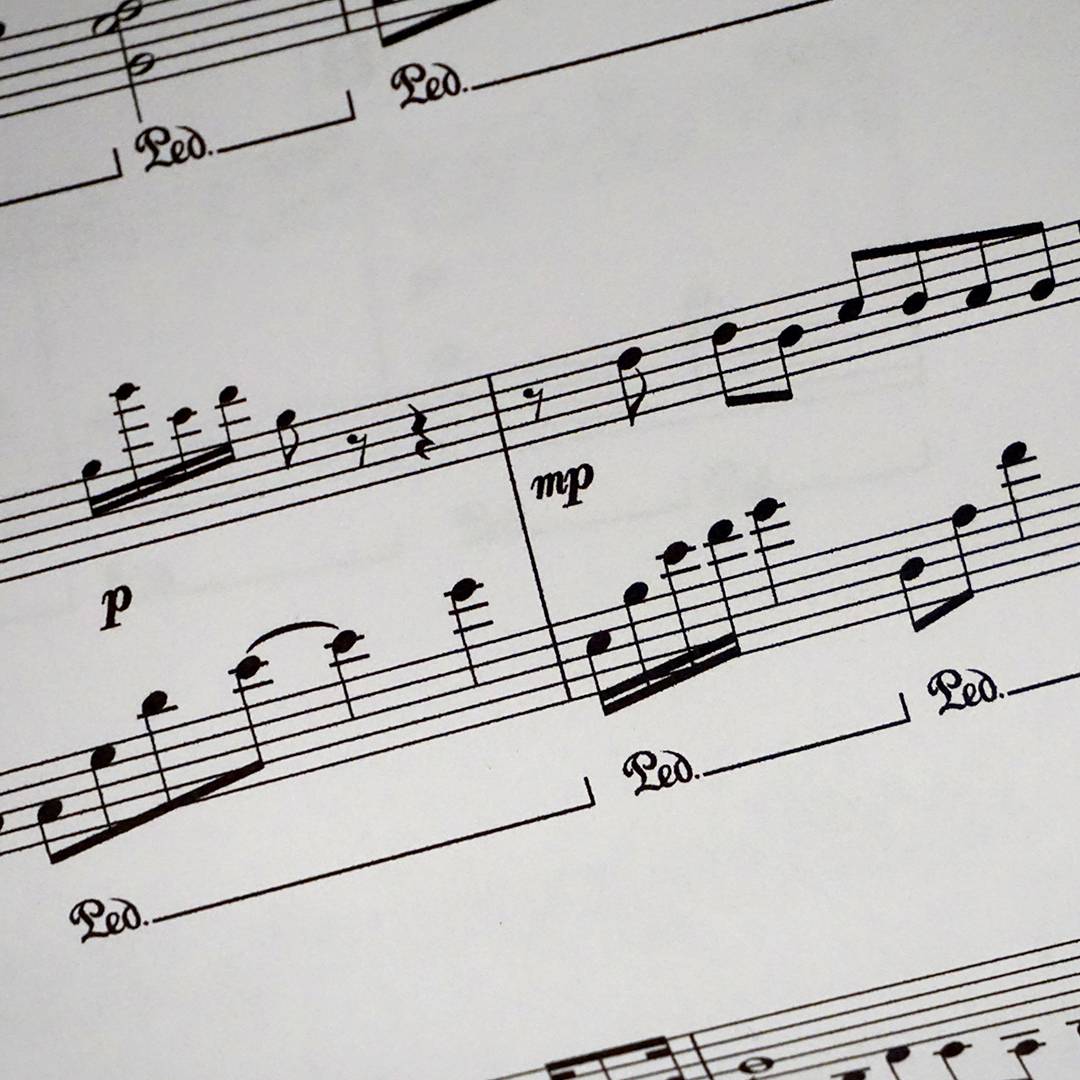Since YouTube officially launched on December 15, 2005, it has always been a key player in the music business. But in recent years, with streaming becoming one of the most significant platforms for music consumption, YouTube was in turmoil.
Throughout the years, the platform was not getting streaming quite right. Considering that other streaming services were getting the hype, it was crucial for YouTube to finally get serious about streaming, which they did in 2018 after several failed attempts. YouTube Music became YouTube’s counter-attack to other popular ad-free streaming services like Spotify, Apple Music, etc.
You can get a full picture of the modern streaming culture in 3 Essential Platforms That Changed The Music Industry & Will 10X Your Engagement in 2021. In this article, we will solely concentrate on YouTube Music, which is on its way to building a streaming universe no other platform will ambition to surpass. You can read about changes the platform faced due to its new algorithm in The Toxicity of YouTube’s New Algorithm, TikTok’s Uncertain Future, Instagram Reels & Virtual Events. It will also help you understand the future of the music industry.
It’s all about YouTube music streaming now, and together we will discover why.
YouTube Music Now Exceeds 35M Subscribers, and is becoming one of the essential game changers in music consumption culture. Tarek Al-Hamdouni, the SVP of digital marketing at RCA Records, claimed that after the head of YouTube Music, Lyor Cohen, had made the essential efforts to put the platform’s relationship with the music industry on the right track. Al-Hamdouni stated, “they made it very clear that … they understood that they needed the perception of their platform to change from the industry perspective.” On his turn, Cohen mentioned, “we’re on the way to having a healthier relationship with the music industry.”
Now, when the air is cleared up between YouTube and the industry, YouTube Music Premium has officially taken Google Play Music’s place in the streaming service sphere as of May 12, 2020. That means subscribers of Google Play Music have to transfer their libraries to YouTube Music.
To see if YouTube Music is as good as it is believed to be, we identified the platform’s pros and cons below:
Pros
- Excellent home screen
- YouTube’s recommendation engine is on par with Spotify’s
- Easy to use aka User-friendly
- YouTube music videos
- 100,000 track music storage
- Integration into broader YouTube apps
- Works perfectly with Google Assistant
- Offers audio versions of the videos if you don’t like the sound quality of the video
- collaborative playlists
Cons
- Missing power user features
- No “Discover Weekly” competitor
- No desktop apps
- Not possible to “cast” music in a browser
- You have to pay £9.99/$9.99 fee for unlimited music
At first glance, YouTube Music may seem to be just a copy-paste of Google Play Music in different colors and design with the only addition of videos. However, that is not the case at all. YouTube mastered the years of work Google has put into creating the perfect streaming platform. Improving their previous attempts and coming up with new solutions, they finally built the foundation of the future with spotless music streaming.
To not miss the music industry’s updates and trends, make sure to stay tuned to MusicPromoToday’s blogs and follow their Instagram for the most credible information.



